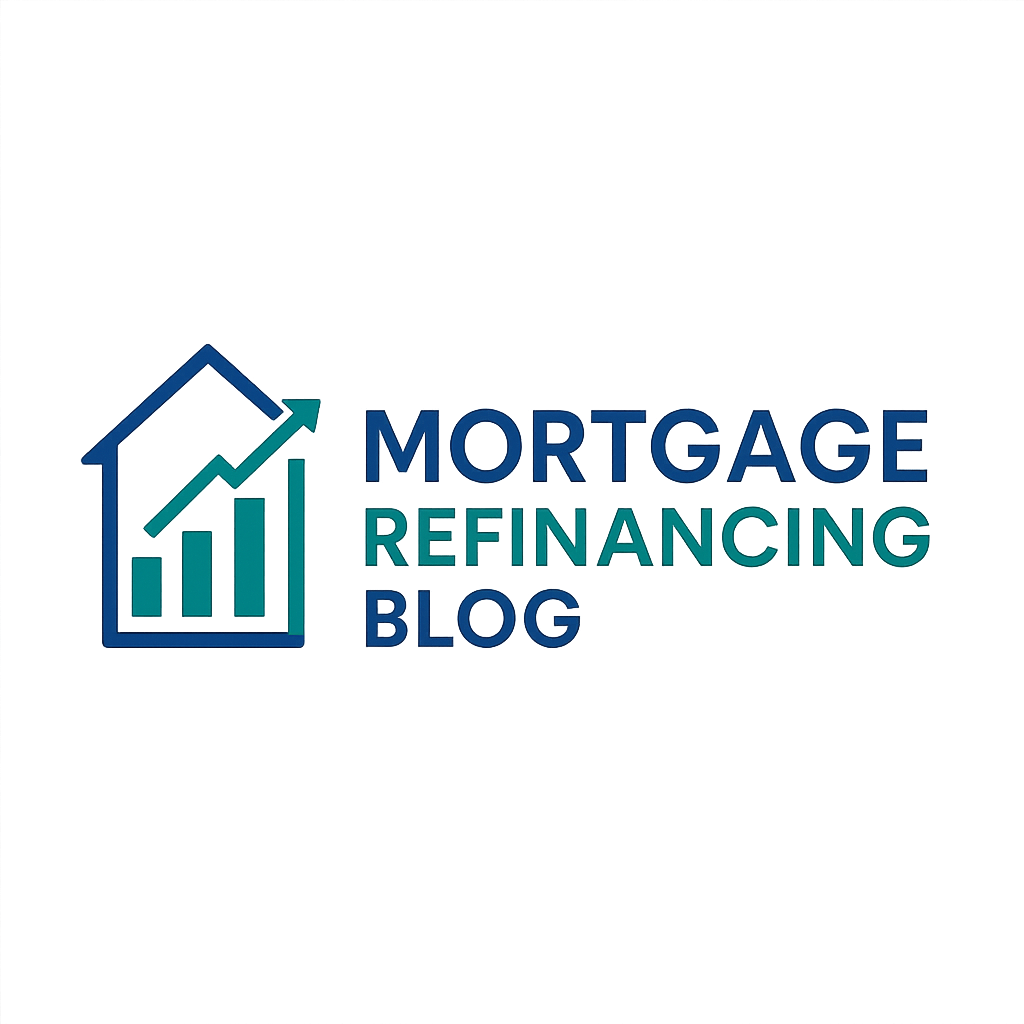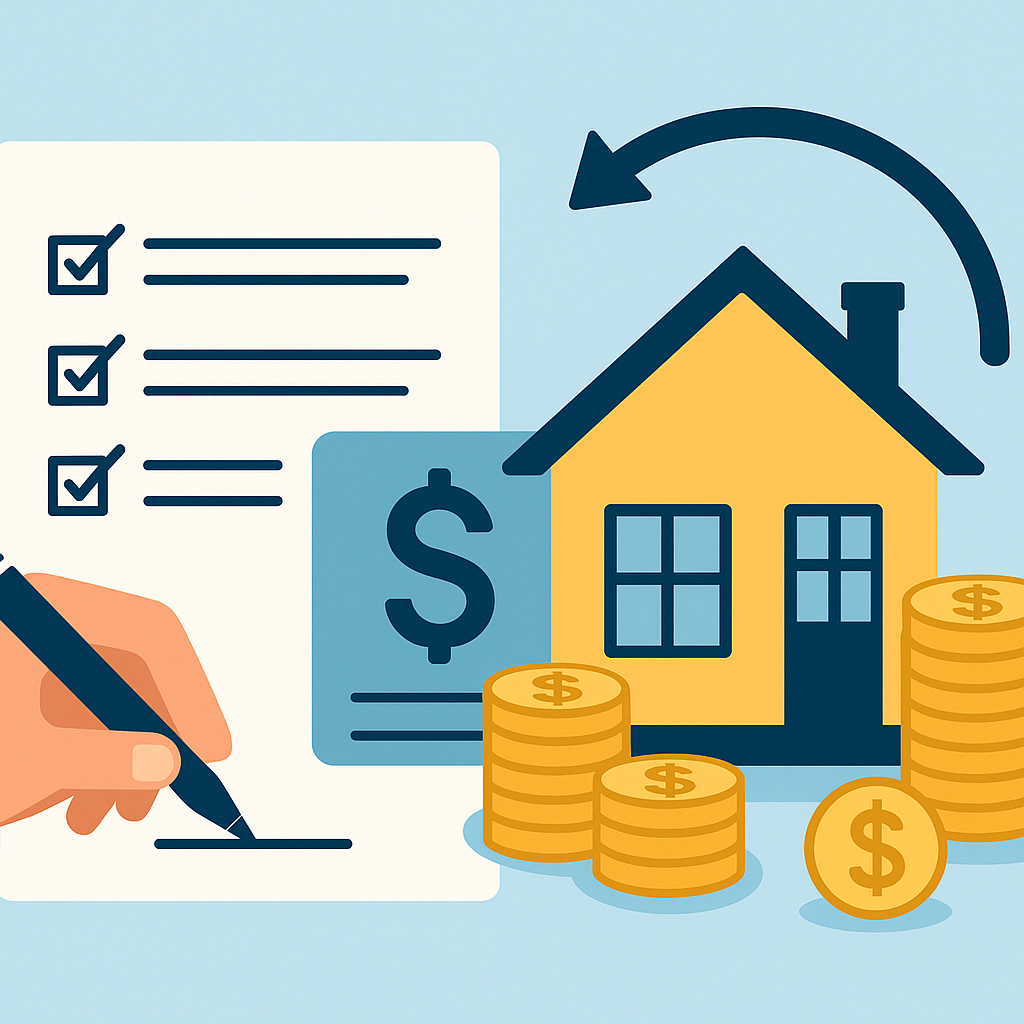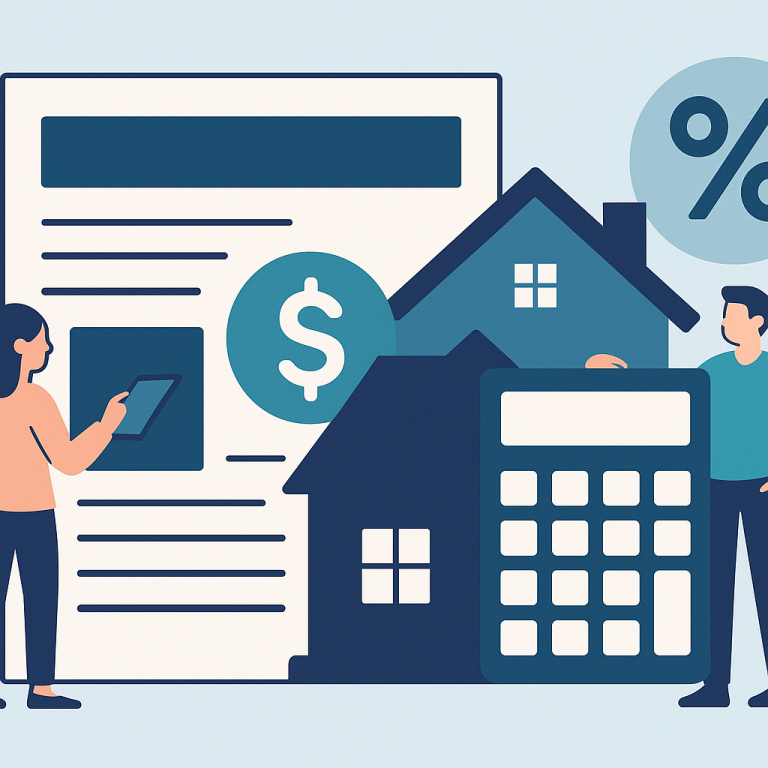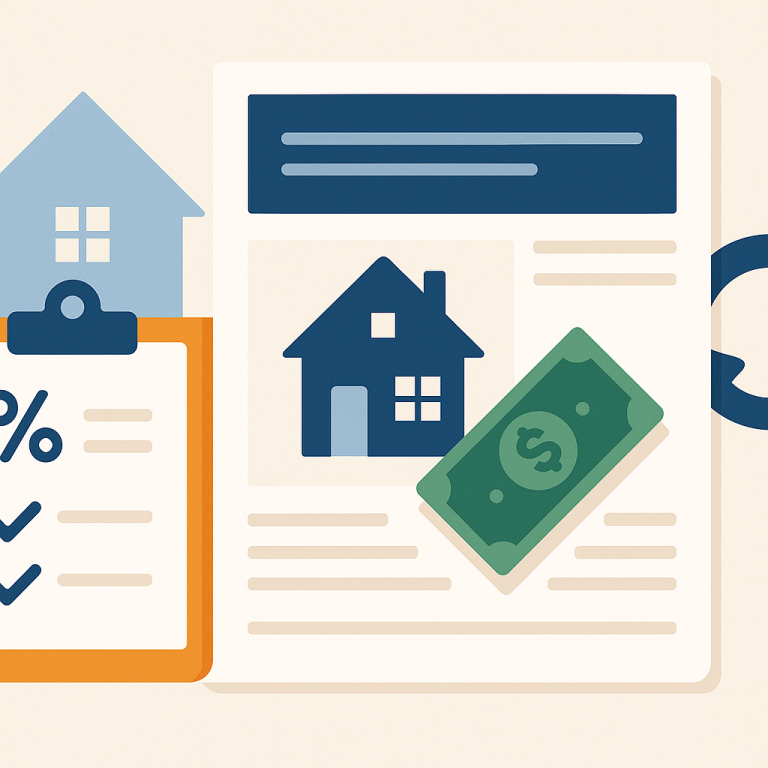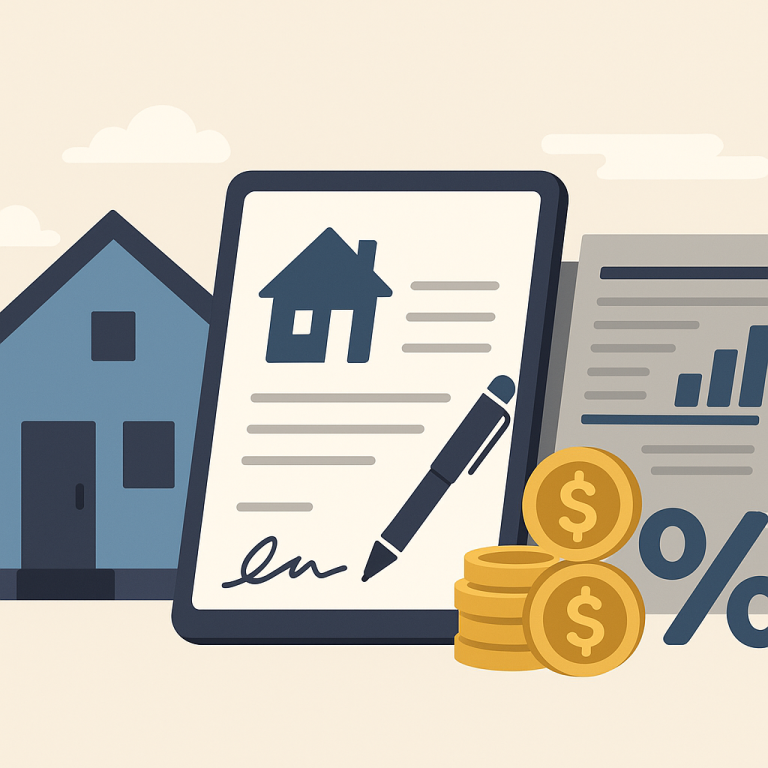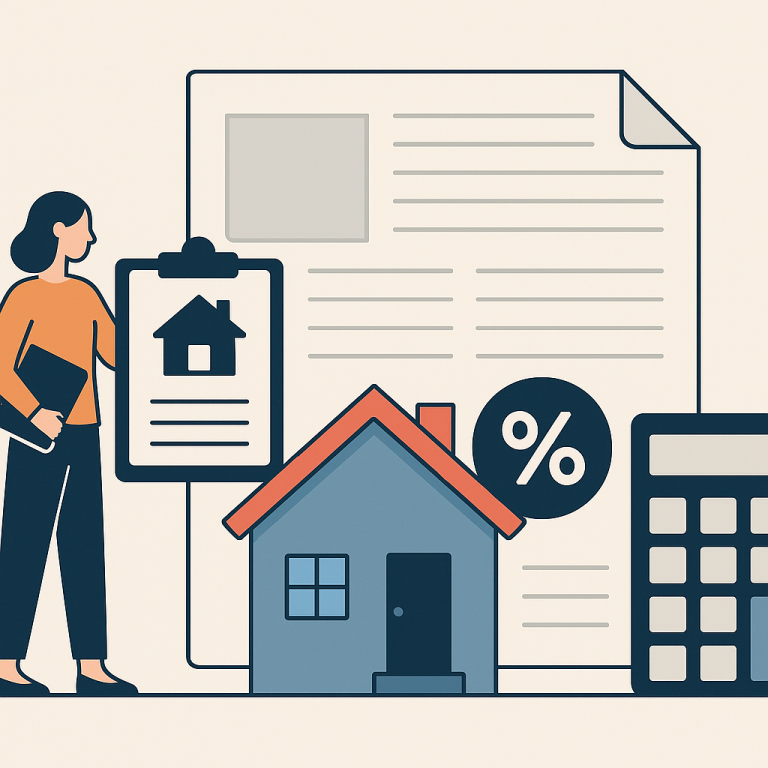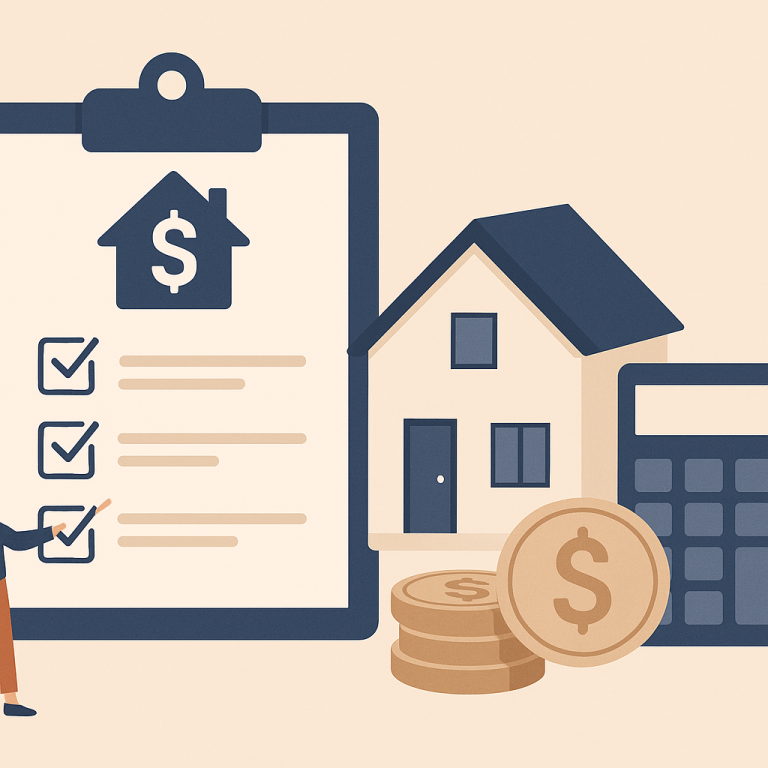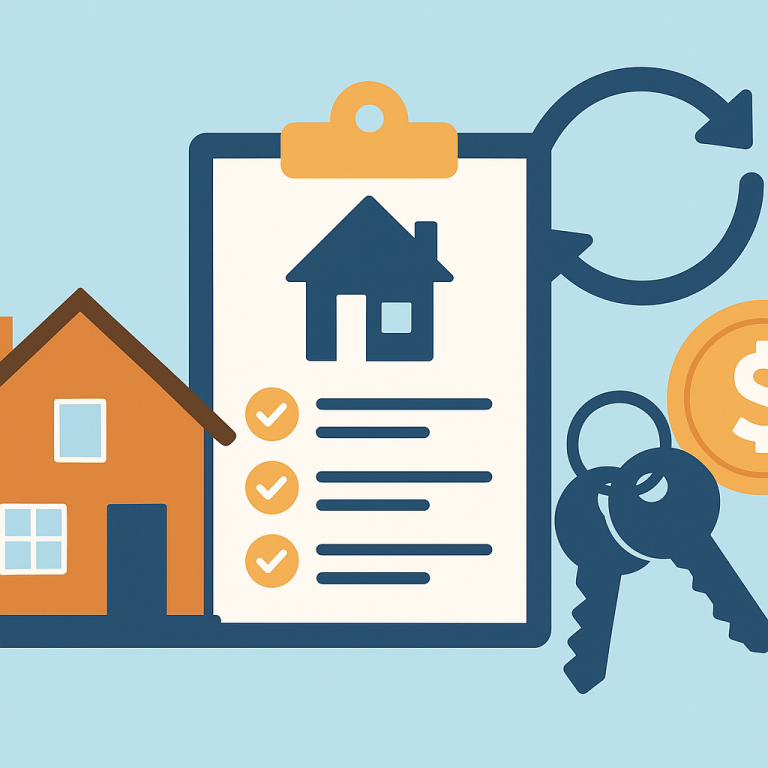Refinance guide cash-out refinance for home improvements
Cash-Out Refinance for Home Improvements: What It Is and When It Makes Sense
A cash-out refinance replaces your existing mortgage with a new, larger loan and pays you the difference in cash. Homeowners commonly use the funds to finance major home improvements—kitchen remodels, energy upgrades, additions, or major systems replacement—that often increase a home’s value. It makes sense when you need a lump sum, want a fixed interest rate, and can justify increasing your mortgage balance because the improvements either raise property value or provide long-term savings (energy efficiency, lower maintenance).
When to consider a cash-out refinance
- Your current mortgage rate is competitive compared with current market rates, or you’re willing to reset the rate for longer-term benefits.
- You have substantial equity — lenders typically allow borrowing up to 70–80% (sometimes up to 85%) of your home’s value depending on loan type and credit.
- The improvements will either increase resale value, reduce ongoing costs, or significantly improve livability.
- You prefer a single monthly payment and a fixed interest rate over variable-rate options like HELOCs.
Benefits and Drawbacks
Benefits
- Lower interest rate than many unsecured options: Mortgage rates are usually lower than credit cards or personal loans.
- Single payment: Consolidate your mortgage and renovation financing into one monthly payment.
- Potential to increase home value: Well-planned improvements can boost equity and resale value.
- Fixed term and payment options: Choose a 15-, 20-, or 30-year term with predictable payments.
Drawbacks
- You increase your mortgage balance and may extend the repayment period, potentially paying more interest overall.
- Closing costs and fees can be significant, usually 2–6% of the new loan amount.
- Higher risk of foreclosure: your home secures the loan, so missing payments has serious consequences.
- Possible loss of a low existing rate: refinancing replaces your current mortgage—if your rate is lower, you could end up paying more.
Costs and Fees
Expect several categories of costs when doing a cash-out refinance:
- Closing costs: 2–6% of the loan amount, including lender fees, underwriting, and document preparation.
- Appraisal fee: Typically $300–$700 depending on location and home size.
- Title and escrow fees: Charges for title search, insurance, and escrow services.
- Origination or administrative fees: Lender charges for processing the loan.
- Mortgage points: Optional upfront payment to lower your interest rate.
- Private mortgage insurance (PMI): If the new loan’s LTV exceeds 80%, you may need PMI until equity reaches the required threshold.
- Prepayment penalties: Rare but check if your current mortgage has a penalty for paying it off early.
Factor these into your breakeven analysis to determine whether the refinance delivers net savings or value.
Step-by-Step Process
- Define goals and budget. Estimate renovation costs, expected value added, and how long you plan to stay in the home.
- Check equity and credit. Calculate current Loan-to-Value (LTV): (current mortgage balance ÷ home value). Aim for enough equity to meet lender limits. Review your credit score and debt-to-income ratio.
- Compare options. Shop rates for cash-out refinance vs HELOC vs home improvement loan. HELOCs offer flexibility; cash-out provides a lump sum and typically lower fixed rates.
- Get lender preapproval. Provide income, assets, and tax documents. Preapproval gives an estimate of how much you can borrow.
- Order appraisal and underwriting. Lenders will appraise your home to verify value. Underwriting reviews financials and property details.
- Close the loan. Review closing disclosure for final costs and terms. Sign documents and pay any required closing costs (or roll them into the loan if available and sensible).
- Receive funds and complete improvements. You typically receive the cash as a single disbursement or via escrow; use it according to your renovation plan and keep receipts.
Typical timeline: 30–45 days from application to closing, depending on lender responsiveness and appraisal turnarounds.
Common Pitfalls to Avoid
- Refinancing when rates are higher than your current mortgage—this can increase monthly payments and long-term interest costs.
- Underestimating renovation costs and failing to include contingencies (plan for 10–20% extras).
- Over-improving for your neighborhood—spending more than the market will support reduces ROI.
- Not shopping multiple lenders—small rate or fee differences can save thousands over the life of the loan.
- Ignoring tax and insurance considerations—confirm whether interest is deductible and notify your insurer of major renovations.
- Using funds for non-home purposes that don’t increase value—this reduces the financing efficiency and increases risk.
Short FAQ
How much can I borrow with a cash-out refinance?
Most lenders allow borrowing up to 70–80% of your home’s current appraised value for cash-out refinances; some programs may go to 85% with tighter requirements. Your exact limit depends on loan type, credit score, and lender policies.
Will a cash-out refinance affect my mortgage rate?
Yes. A cash-out refinance replaces your current mortgage with a new loan—often at a different rate. Cash-out refinances usually carry slightly higher rates than rate-and-term refinances, so compare offers carefully.
Can I use cash-out funds for any home improvement?
Generally yes—funds are unrestricted and can be used for any purpose. For potential mortgage interest tax deductions related to home improvements, consult a tax professional and keep detailed records of work and spending.
How long does the process take?
Expect about 30–45 days from application to closing in a typical scenario. Faster or slower timelines depend on lender capacity, appraisal scheduling, and the complexity of your financials.
Using a cash-out refinance for home improvements can be an effective way to fund value-adding projects while taking advantage of relatively low mortgage rates. But weigh the costs, risks, and impact on your long-term financial picture before moving forward.
META: cash-out refinance, home improvements, refinance guide, LTV, renovation financing, closing costs, mortgage FAQ
